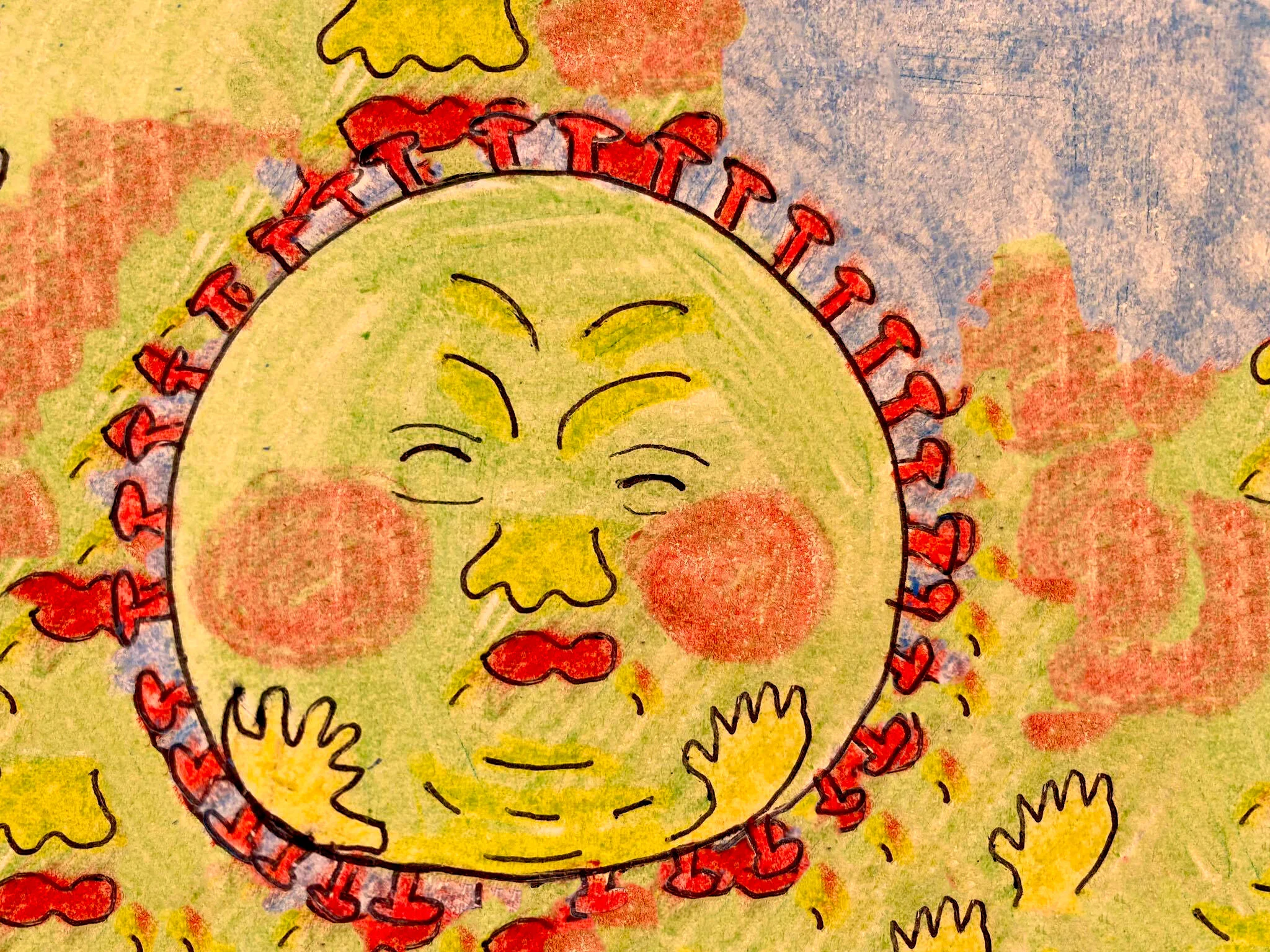/ SPRING BREAK 2020 /
Eva Illouz
With the number of coronavirus cases surging in the US, the country is now advising people to wear face masks when out in public [Stephanie Keith/Getty Images/AFP]
When she wrote Eichman in Jerusalem, Hannah Arendt used a method of analysis which we may characterize as anti-historical: she refused to understand the present with analogies drawn from the past; she rejected used and worn philosophical categories to make sense of something entirely new. The book was a prelude to an inquiry which did not leave until the end of her life: How should we judge the present? Her thought led her to agree with Tocqueville’s claim that in a time of crisis the mind ‘errs in darkness.’ The Corona crisis is unprecedented in many ways, but we can already draw a few simple lessons in the ‘darkness’.
Lesson No 1. We live in the shadow of a powerful state
4.6 billion people throughout the world have stopped their mobility, work, and ordinary socializing, willingly, without much and significant protests. These billions of people have willingly abandoned the most fundamental aspects of their freedom, while in fact, we still lack some key information (for example how many are actually contaminated and thus what is the real percentage of deaths). They were confined to their homes (assuming they had one), confirming Thomas Hobbes (and others’) view that fear of death is the most powerful political passion and that we will always be willing to sacrifice our freedom for our security. What the confinement of these billion people showed was the extraordinary power of the state all over the world and the extraordinary capacity of obedience of citizens to the state all over the world. How do we know the state was extraordinarily powerful? Because of the easiness with which it issued and implemented absurd decrees and decisions. Israel forbade its citizens to walk no further than 100 meters (while France with 8 times more contaminated people were allowed to walk 1 km); Modi confined more than one billion people overnight, without giving them any time to prepare themselves, sending millions of poor people scrambling on the roads of India, sometimes dying on these roads. Israel allowed prayers in public but not yoga lessons in public. All these absurdities and inconsistencies show the tremendous power of the state and the obedience of citizens.
Neo-liberals had been trumpeting for the last 40 years that the state was too strong, inefficient, inflated, and superfluous many of these people were forced to change course overnight. After decades during which endless economic growth appeared as the inescapable condition of human beings and guided all policies, the political and moral dimension of human affairs came back in full force to the forefront of our societies. But the politics that has come back to us is a new and unprecedented one: it will be a politics of the conditions of life, which will increasingly have to deal with natural catastrophes --ecological and biological. The Corona is a preview of what a politics whose aim will be to guarantee the conditions for life will look like as the environment and climate collapse.
But – and this is Lesson number 2—all states did not exercise their power in the same way. The Corona crisis showed nations and countries in all the strengths and dysfunctions of their political regimes. Israel proved to be what we always knew: one in which civilian problems are cast as security issues. The secret services used tracking anti-terrorist technology effortlessly, showing Israelis have been all under its scrutiny for a long time. The USA showed how extreme its notion of freedom is: Some states (like Kansas) rejected orders of lockdown in the name of their right to gather in churches (which bears a strong analogy to the recent call in Israel of Rabbi Kaniewski to reopen Torah studies) while other Americans vociferously demanded their right to shop. The libertarianism which has been cultivated by the radical right for the last decades profoundly contradicts the management of a sanitary crisis. Israel closed frontiers when there was not a single dead while France left its frontier with Italy open out of solidarity even when Italy was hemorrhaging deaths. Illiberal democracies as Israel, Poland, Turkey, and Hungary handled the Corona crisis as a Reichstag-on-fire moment, as an opportunity to suspend civil liberties and dismiss the power of parliament and of courts. But even strong democracies like the USA are teetering on the verge of anti-democratic authoritarianism. Other countries, like Sweden, Holland or Germany preferred to use social trust and counted on their citizens’ discipline to care for themselves and for others, and handled the crisis with a combination of civic-mindness and freedom. The virus is anything but biological: it is first and foremost a political event, deeply reflective of the relationship between the state and the citizens. The lesson we may derive from this for the future is that only the combination of strong democracies and welfare states have the luxury to defend the life of their citizens in a way that balances their freedom, economic survival, and their health. Semi-liberal or illiberal democracies will use crises (health or otherwise) for undemocratic power grabs and further trampling of citizens.
Lesson 3. Neo-liberalism is really bad for your health. Neo-liberalism has steadily eroded public resources and even plundered the state for the benefit of the rich. It is unsurprising that most neo-liberal leaders were the slowest to respond to the crisis. Trump, Bolsonaro, Duterte, Johnson, the industrialists of Northern Italy, initially promoted biological Darwinism –let’s the strong survive – which reflected their social Darwinism – whoever can fight and struggle will get ahead; whoever cannot fall on the side. But, as they quickly found out, the modern state has formed a sanitary pact with its citizens: even in the USA ( where health care is privatized and inaccessible to the poor and the working-classes), citizens expect the state to be responsible for the management of a health crisis. Neo-liberalism has undermined this sanitary pact. The businessmen who are increasingly running politics think and act like businessmen: investments in non-profitable sectors (like epidemics prevention) increasingly contradict a benefit-oriented mind-set (Trump canceled the federal agency responsible for the management of epidemics and is now cutting funding in the fight against pandemics). In viewing the social field as a balance sheet in which benefits must prevail over costs, it brutalizes social relations and leadership. Neo-liberalism has been very good to the rich and to the politicians who serve them; but it is very dangerous to the rest of us as it erodes public resources, the very notion of the public good, and the social contract between the state and its citizens. If the management of the crisis follows the 2008 model (helping and bailing out the rich) rather than the New Deal (helping all social classes, and especially the unemployed), we will collapse into a neo-feudalism which will lead to massive social unrest.
Lesson 4: Trust is hard hit Most countries around the world were extraordinarily unprepared and lacked the most basic medical equipment to deal with the epidemics. This is first and foremost because globalization and delocalization of the economy made most countries depend on China for their medical equipment. But leaders broke the trust of citizens systematically beyond the question of equipment. Netanyahu blatantly used the crisis to shamelessly evade the law. Trump called his white supremacist base to break the rules of confinement in Minnesota or Michigan. Brazil’s President, Jair Bolsonaro attended an anti-lockdown rally. Last but not least, the Israel Health minister Yaakov Litzman became a universal laughing stock when he violated basic rules of social distancing his ministry issued and predicted with glib certainty that the messiah would save us from the pandemics by the month of April. The same Litzman is currently suspect of bribery and breach of trust and is likely to face trial. Yet, Netanyahu seems to have accepted to now put him at another portfolio, critical for economic recovery. In many countries around the world, large parts of populations feel deeply betrayed by their leaders. We can thus say that the worst-hit places in the world will be those (like Israel) where the sanitary crisis generates both an economic and political crisis. Will the sanitary question be the ground for citizens’ revolts around the world? The question remains open but there is no doubt that mass unrest is a likely outcome of the crisis.
Photo: @odalisvaldivieso / Pedestrian in Queens, NY on April 4, 2020
Lesson 5: The home is not sweet after all. In a time of war, the fear of death exists but we usually and normally confront it with other people, we know who the enemy is, and we can draw on the large symbolic repertoire of heroism to fight or hide. Yet, in the current case of fear of Coronavirus, we are reduced to very small units, and sometimes entirely isolated from the rest of the world, there is no action to take, and we have very few known symbolic repertoires to draw from. The deadly bomb may not be the one the enemy shells at us, but what we, unknowingly, carry inside ourselves and cause to someone else. This is why we have all become agglutinated in and around the home, in fear of something invisible which has suspended in the air our relationships to others. But if we have learned something it is that the home cannot repair the absence of a public world: production and consumption have become the main ways in which contemporaries create their own sense of value, socialize, and even forge intimacy. Work is where we exercise our skills and derive a sense of purpose and value. Leisure is where we experience pleasure, play, and the possibility of seeing and being seen by others. In confinement, we have thus learned that the home is bearable only when the public world is embedded inside the home through television, the Internet or delivery services. Short of that, sweet home becomes bitter, especially for the many who live in the cramped housings that were conceived for the working and middle classes in urban and peri-urban areas.
Lesson 6: The value of work and of production becomes entirely inversed in such a crisis. There was a joke on social media about Ronaldo making millions of dollars and nurses making a grim salary. The joke instructed: Now go to Ronaldo for help and relief. The joke pointed to the inversion of value and prestige we are the witnesses of. We owe our survival to people who work in supermarkets, in hospitals, people who clean the streets, people who deliver food, people who maintain electricity, these are the people who became meaningful for our survival. Celebrities or financial wizards appeared in all the splendor of the emptiness of their work as the occupations normally invisible and devalued sustained all of us. If there is a lesson to learn it is that our “normal” world has a deeply distorted and inverted scale of values. The people who helped us keep and maintain the social order are at the bottom of the scale while those who stand at the top of that scale have been, by and large, entirely useless.
Lesson 7. The relationship between secular and religious will never be the same again. Rarely have the differences between religious and seculars been so profound as they have been in the reaction and handling of the crisis. Evangelicals in the USA and ultra-orthodox in Israel, have little knowledge and respect for science, they hold insular lives and listen only to the recommendations of their priests and rabbis. The secular public behaved with extraordinary civic sense: the young followed injunctions from the Ministry of Health and made enormous sacrifices in terms of freedom and economic survival to help avert deaths. In the Israeli context, there has always been a kind of smugness toward the “empty cart” of the seculars. If anything, we have had a live experiment showing that the extraordinary sense of civicness displayed by the secular public in the discipline they displayed and in the networks of volunteers they put in place. This must remain a milestone in the self-consciousness and self-identity of secular people. The behavior of secular people during the crisis certainly suggests religion can no longer claim any moral superiority.
Many leaders around the world should not sleep soundly. Throughout history revolts and revolutions have occurred for much less.
Eva Illouz is a sociologist. She is the Director of studies at EHESS and professor at the Hebrew University of Jerusalem, where she studies the development of capitalism from the perspective of subjectivities. She has recently published "Happycratie" (2018), "Les Marchandises émotionnelles" (Premier Parallèle, 2019), “The End of Love,” (Oxford University Press, 2019), and "La Fin de L'amour," (Le Seuil, 2020).
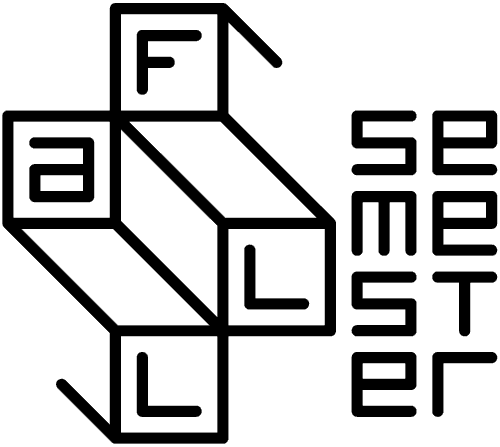

![With the number of coronavirus cases surging in the US, the country is now advising people to wear face masks when out in public [Stephanie Keith/Getty Images/AFP]](https://images.squarespace-cdn.com/content/v1/56ec53dc9f7266dd86057f72/1589387583900-S2XYX3QUBGDKD21PUMXW/With+the+number+of+coronavirus+cases+surging+in+the+US%2C+the+country+is+now+advising+people+to+wear+face+masks+when+out+in+public+%5BStephanie+Keith%2FGetty+Images%2FAFP%5D)














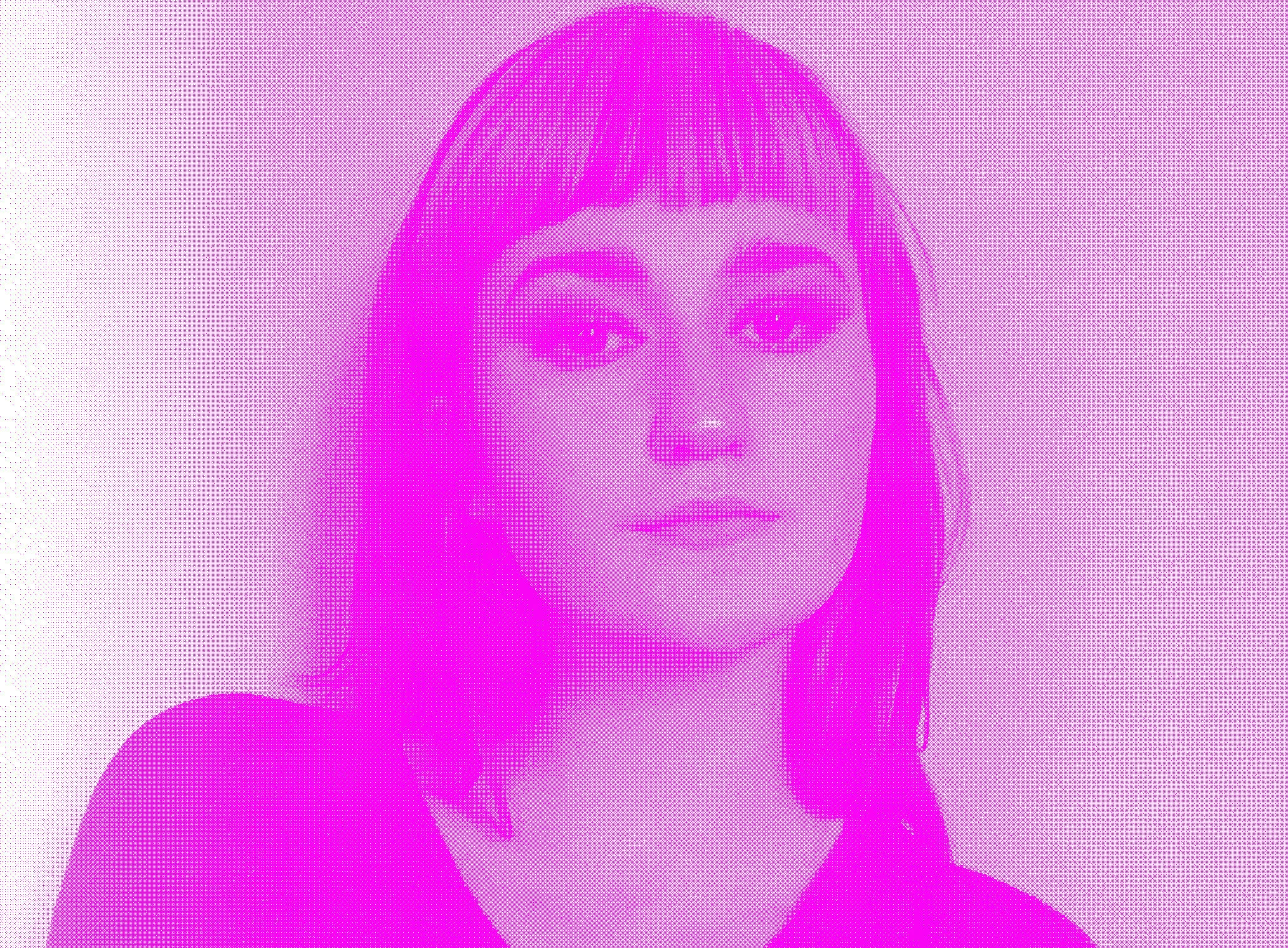



















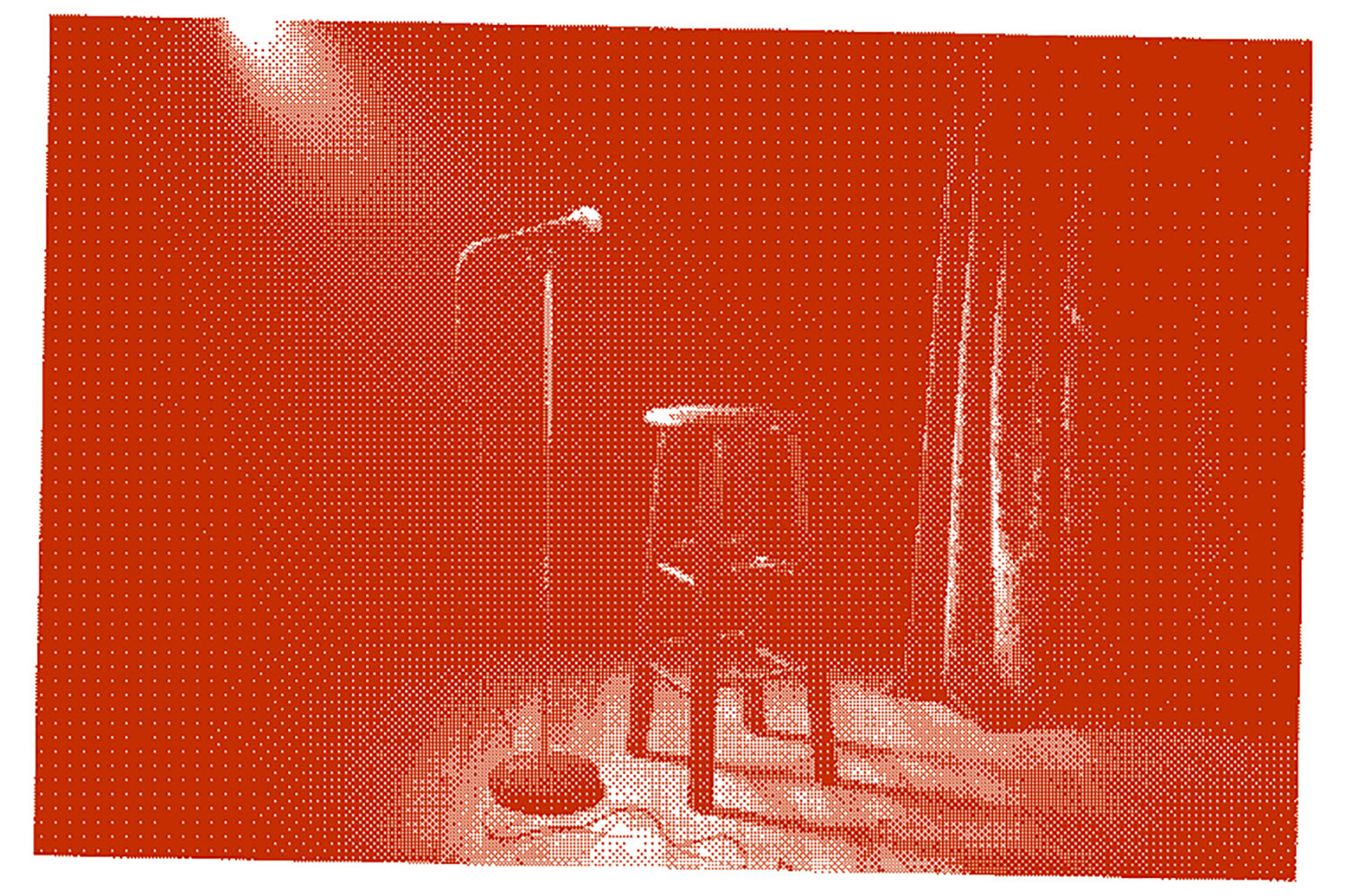






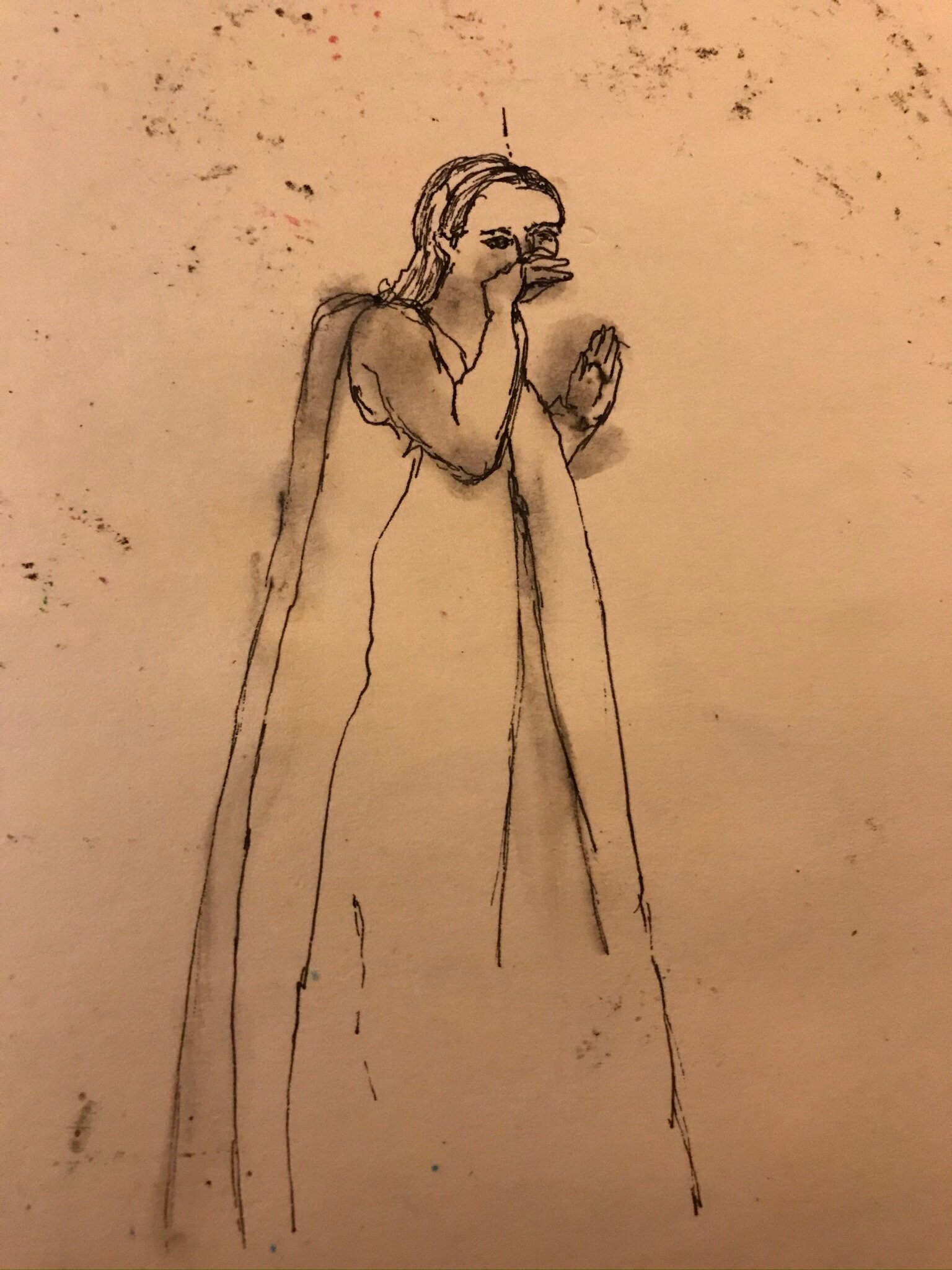
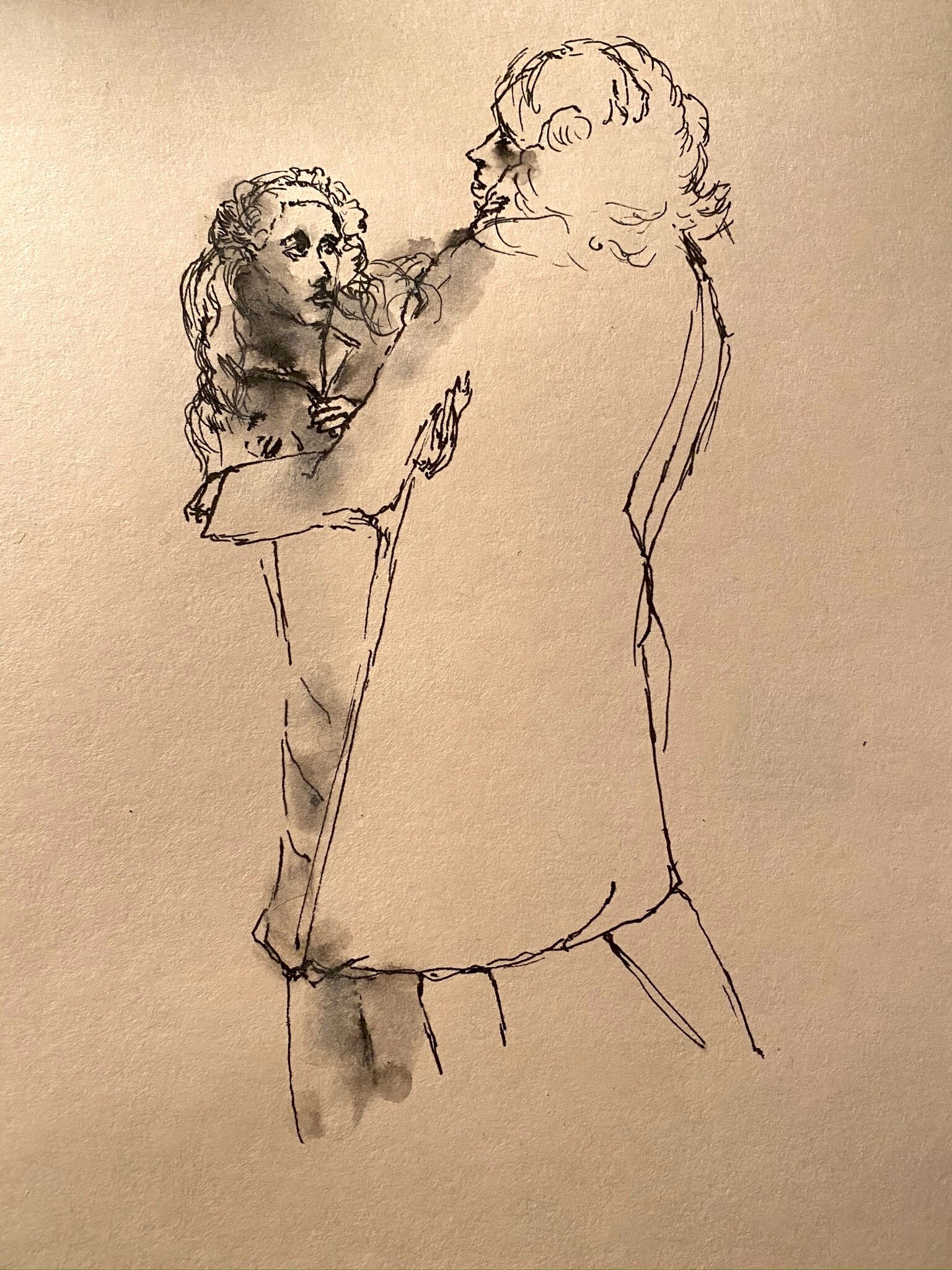
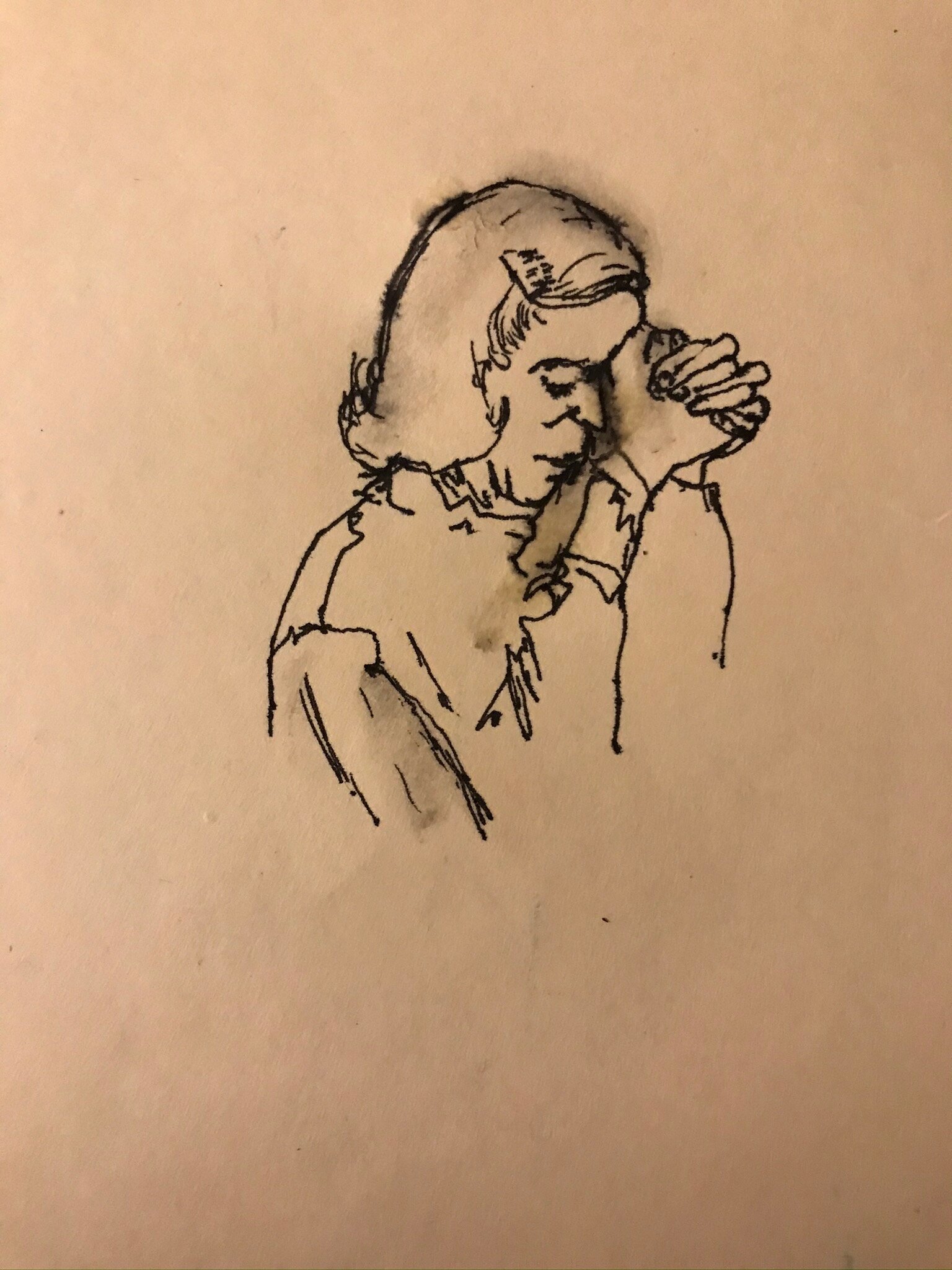
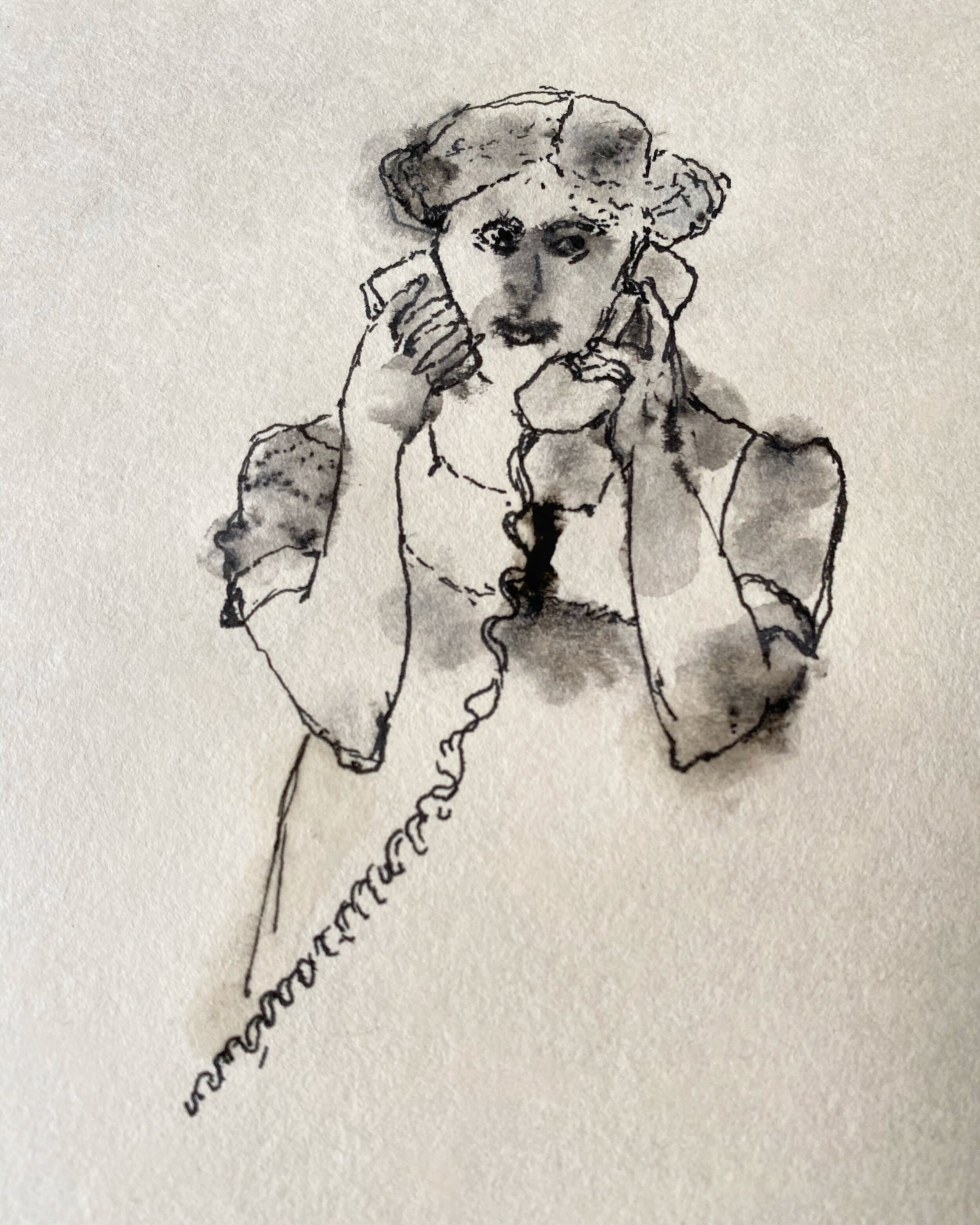
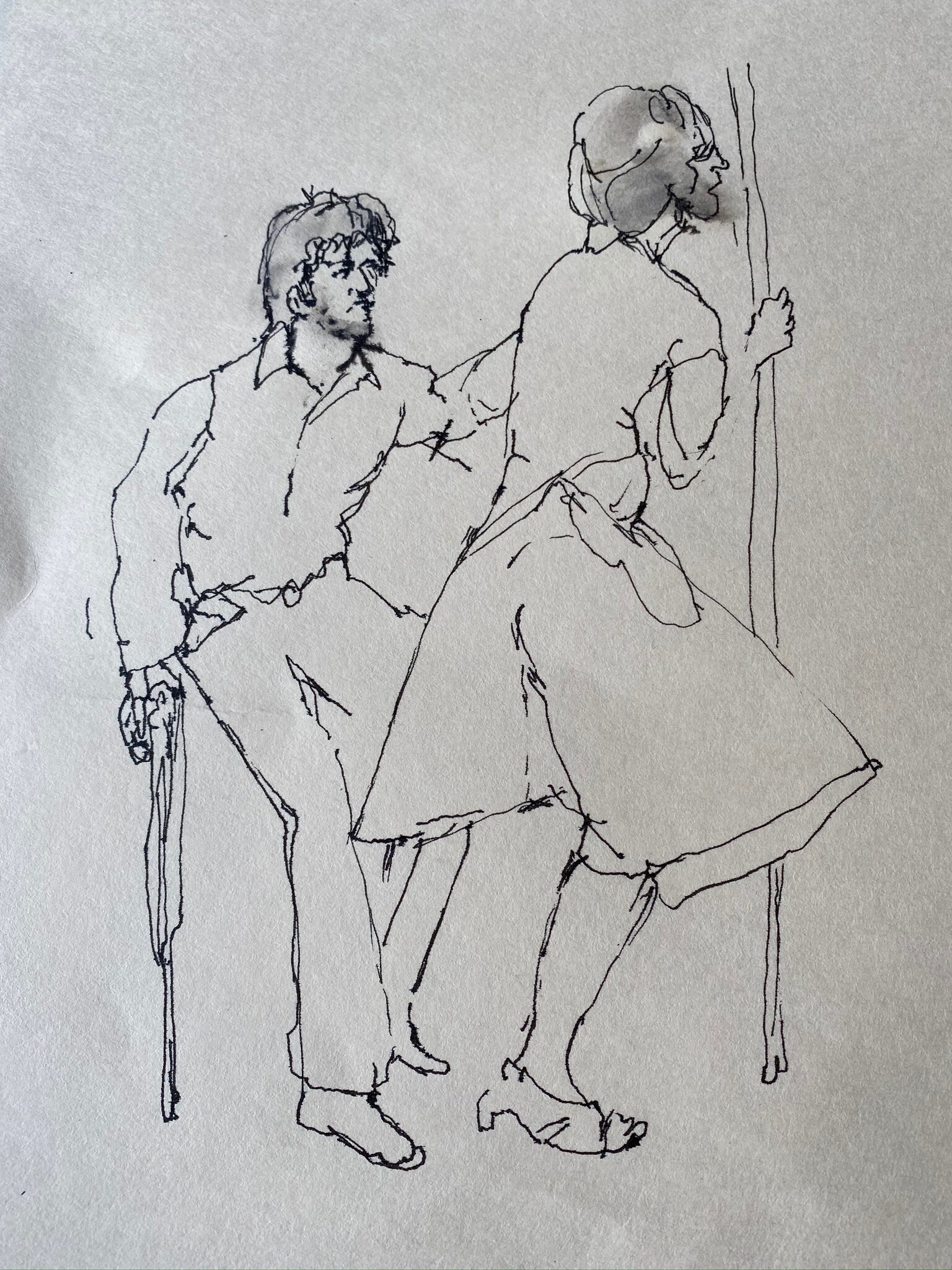
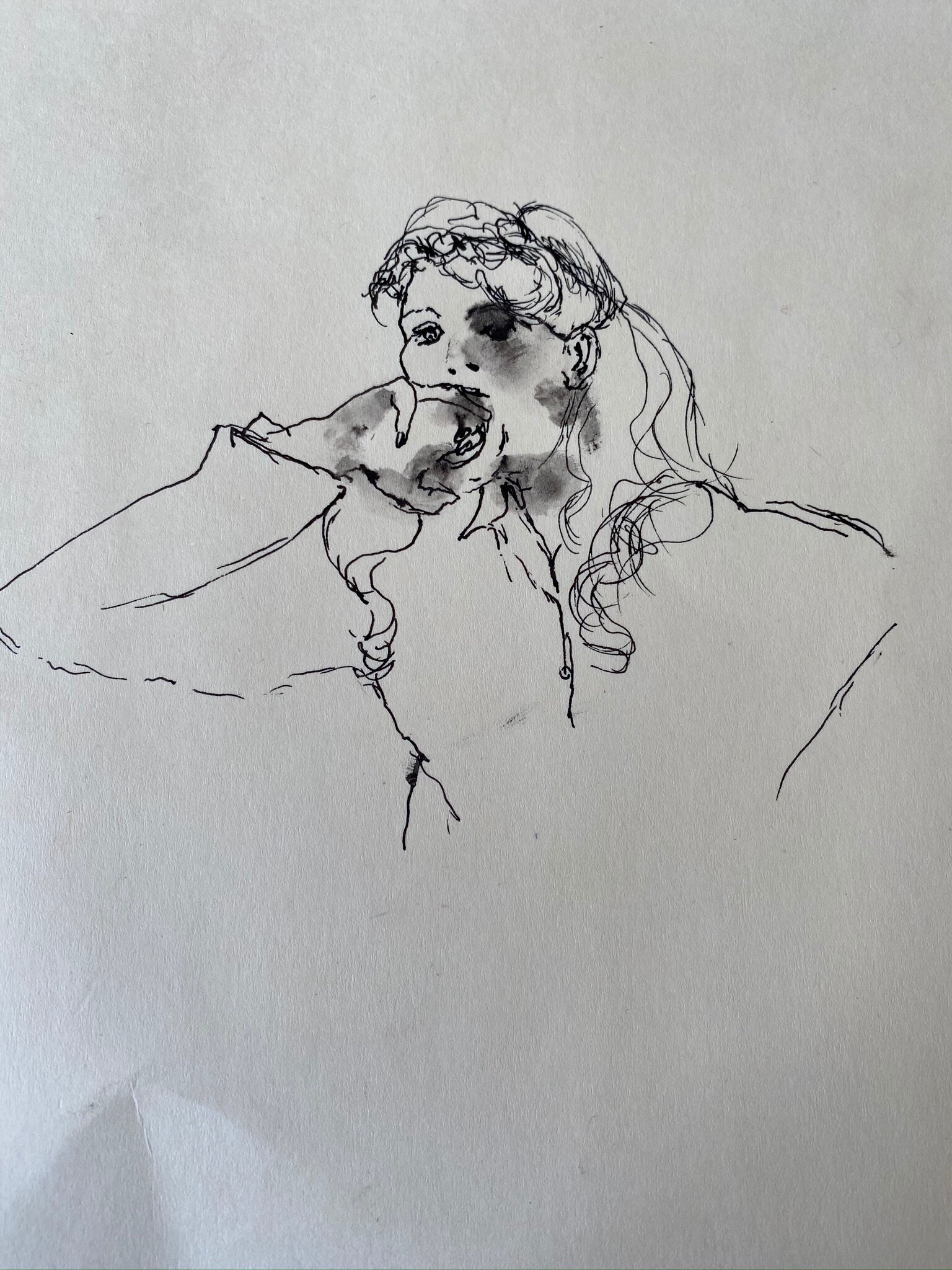
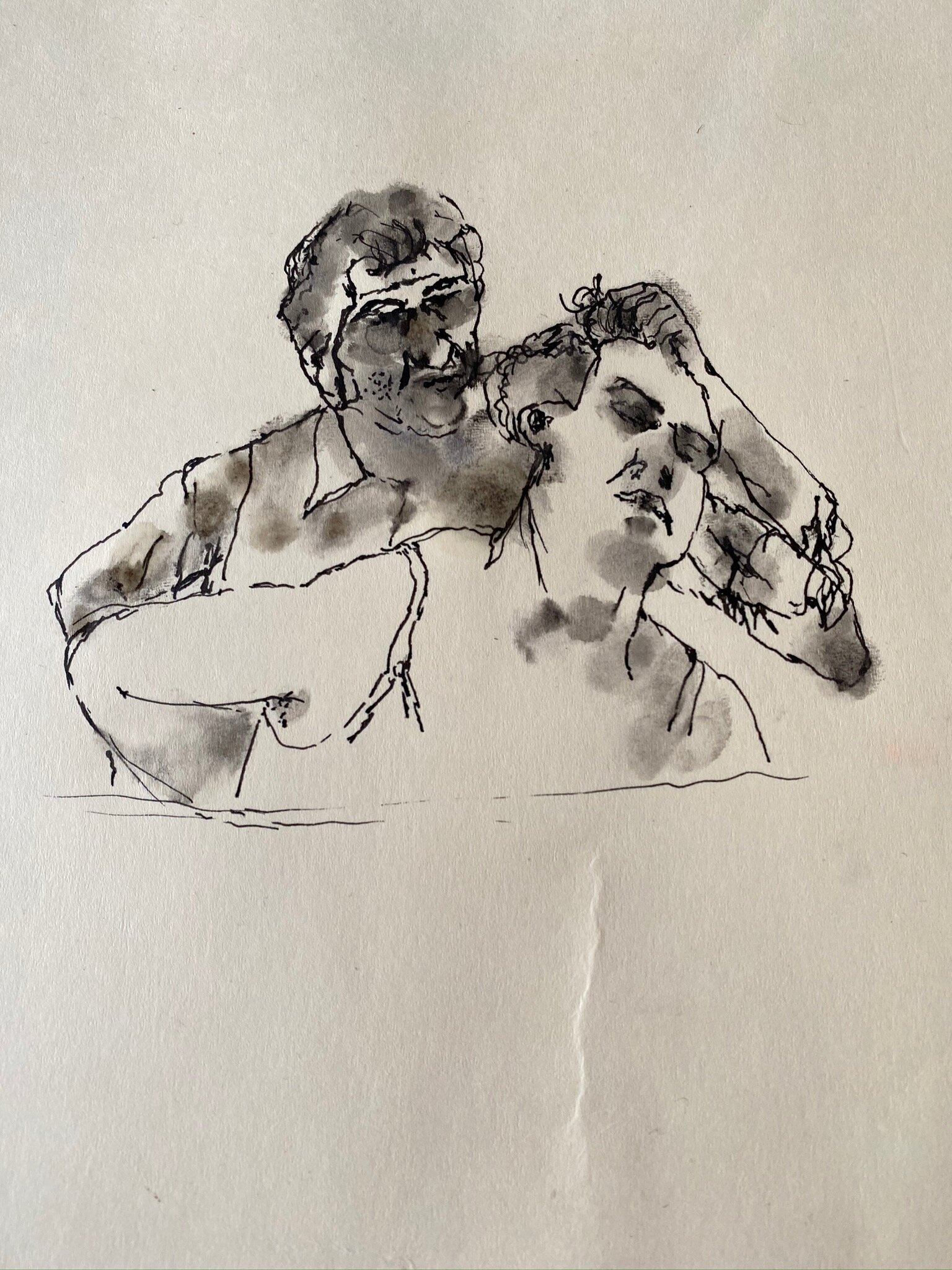
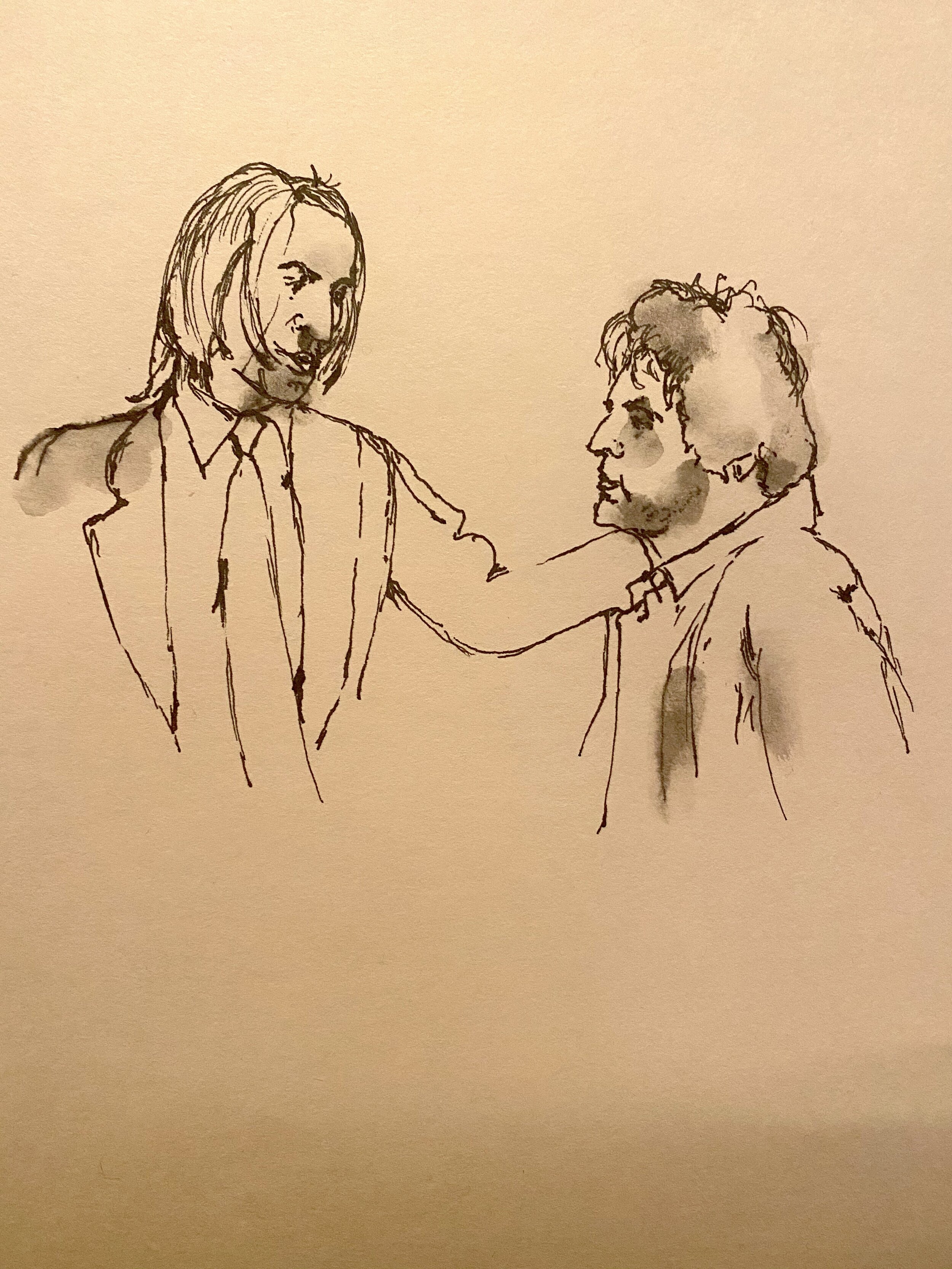
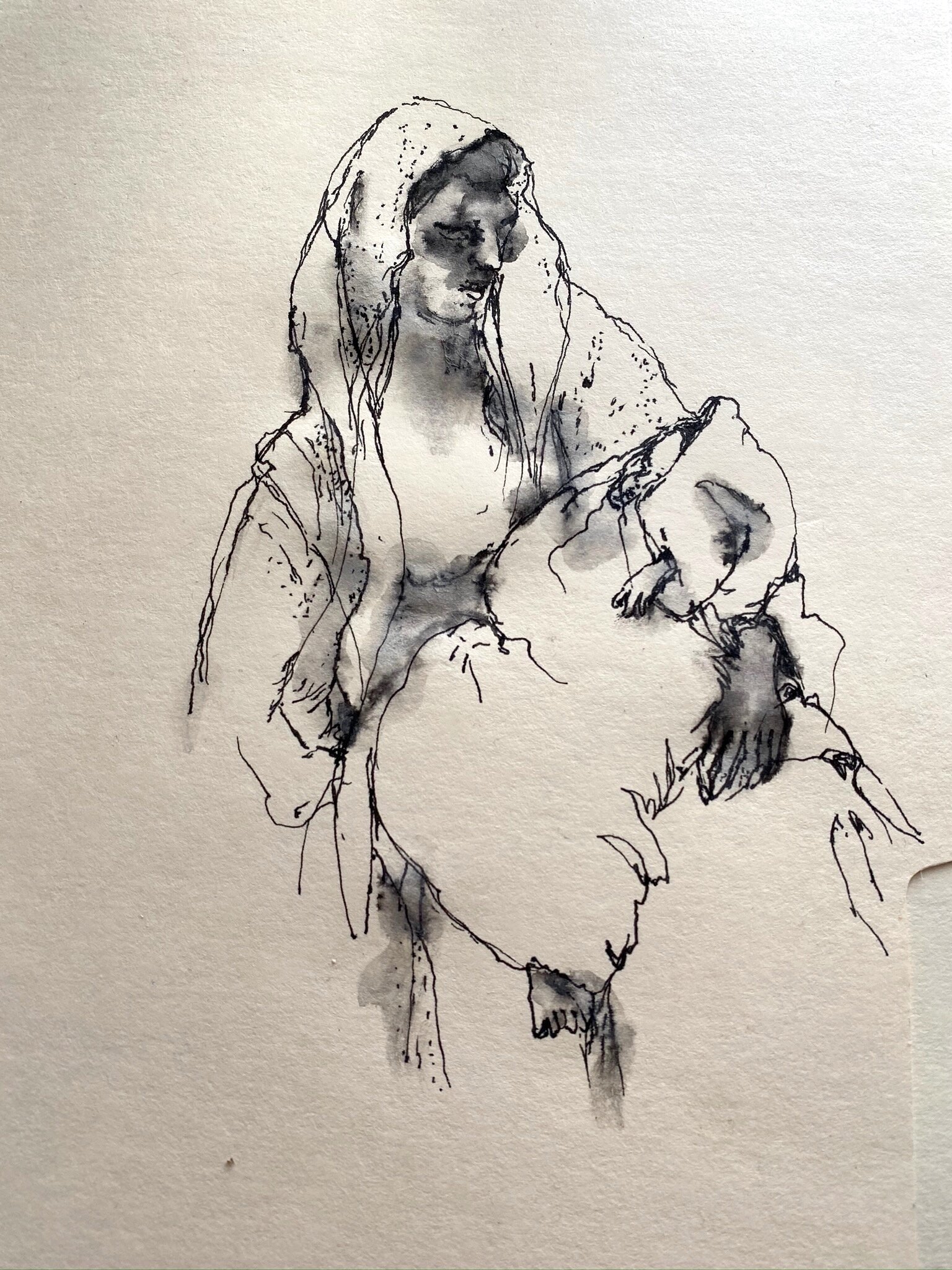
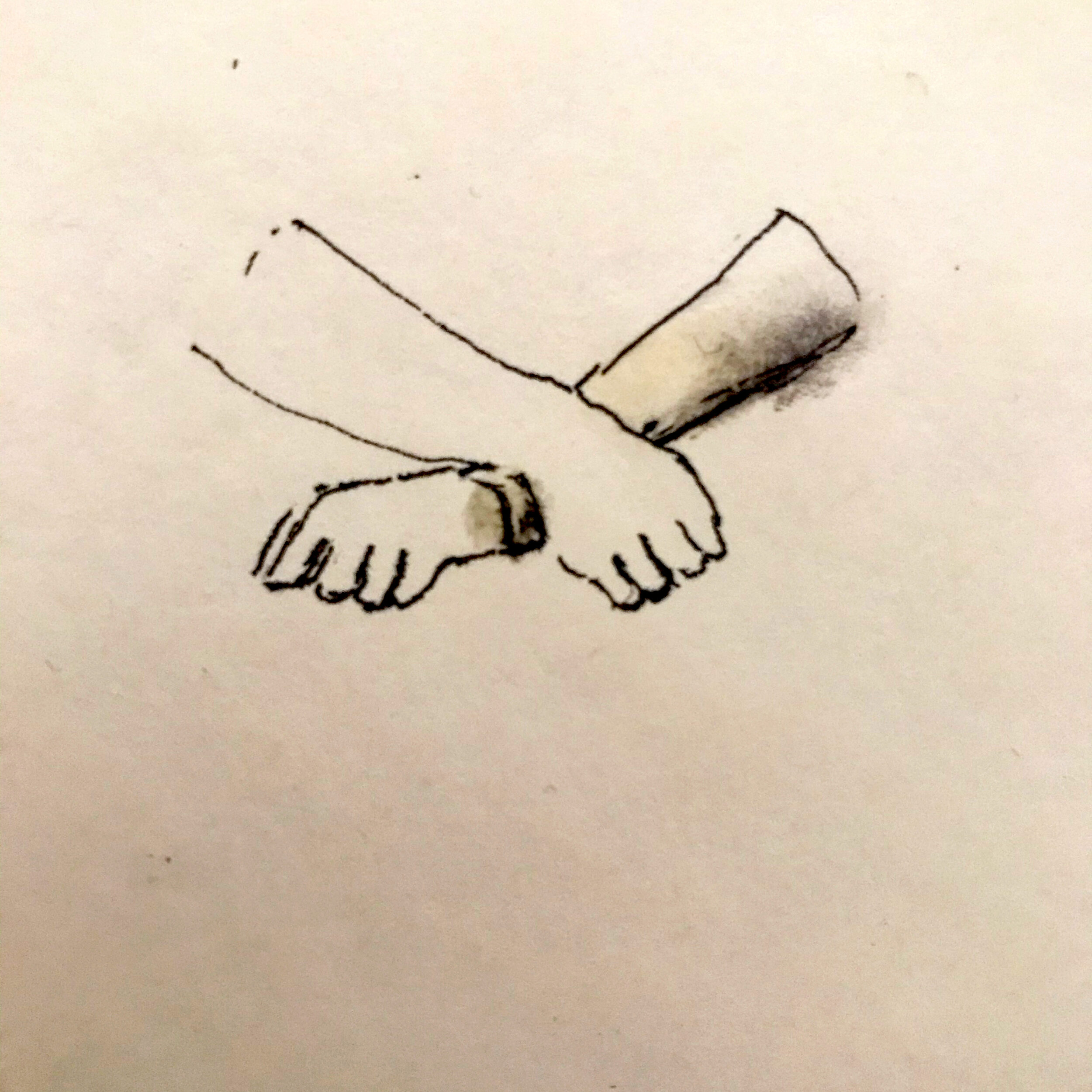
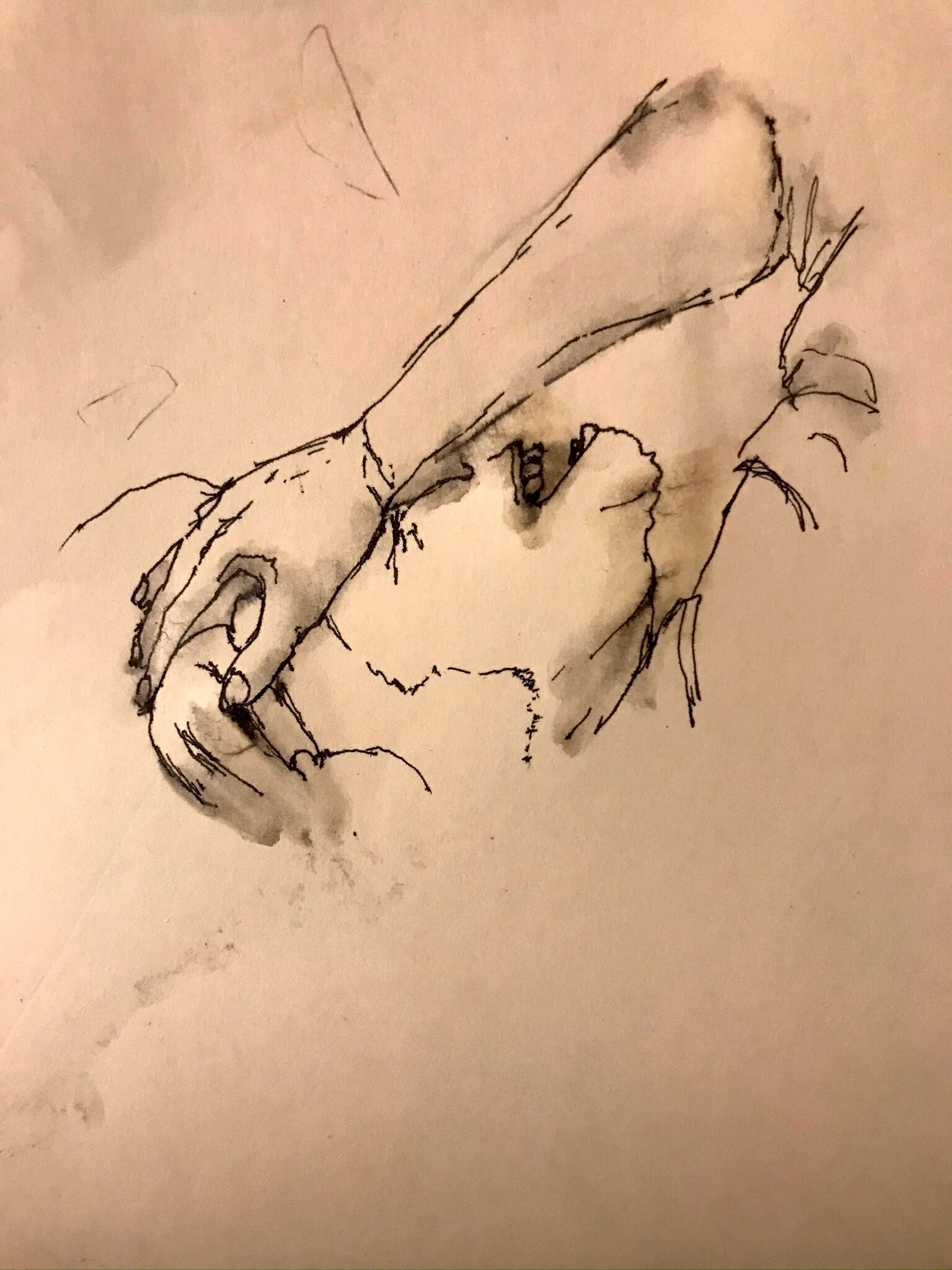

![Cornelia Herfurtner, 2020. LEFT: Freedom and control of others (including myself) Sefu 1 / RIGHT: Freedom and control of others (including myself) Vote SPD [5]. Images: Courtesy of the artist.](https://images.squarespace-cdn.com/content/v1/56ec53dc9f7266dd86057f72/1586908553766-D0FTPJWT8BSUATLPN8LA/01.jpg)



























